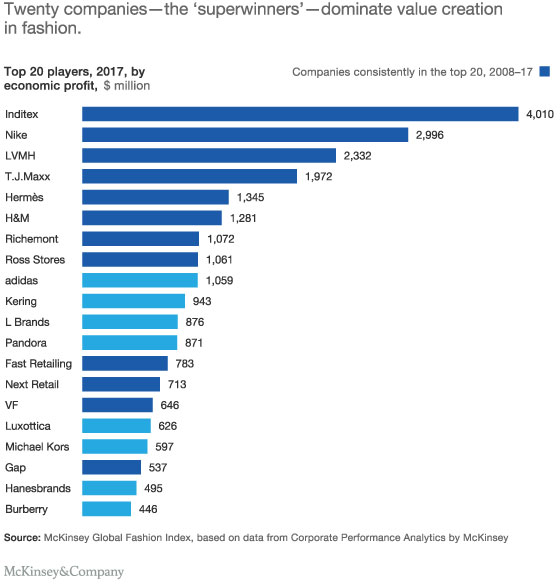The 16 Dirty Secrets The Fashion Industry Doesn't Want You to Know:
This is a rant, a total take-down of what I see in the fashion industry, including the areas of ‘sustainable’ and ‘ethical’ fashion because I am tired of the hype and the lies. Not only is it digging our planetary grave deeper, it hurts everyone, including the ones who authentically are doing good but can’t be heard above the overhyped noise.
2.
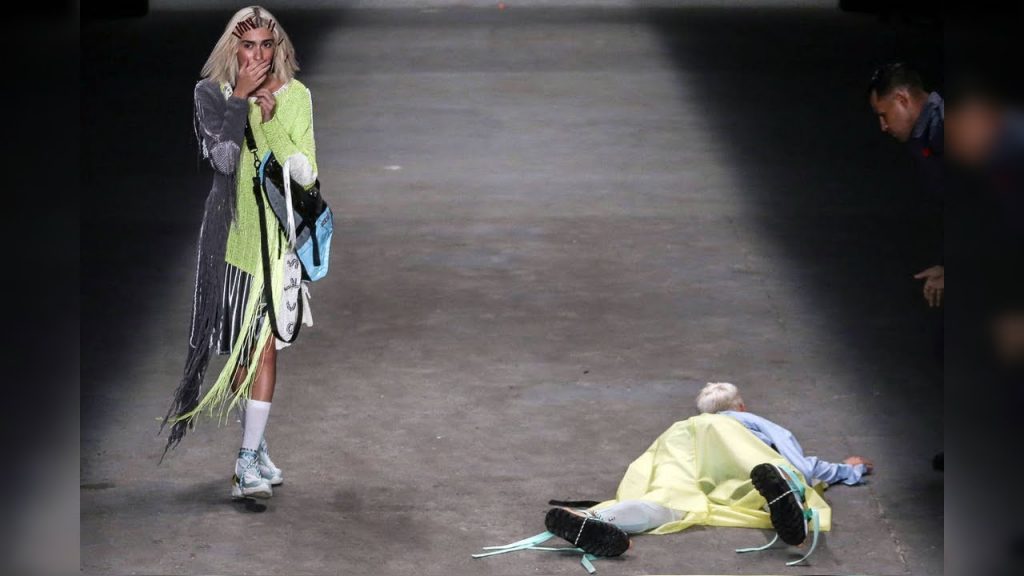
In the heart of the fashion industry, the issue of ‘sustainability’ is a mess.
No one has it figured out.
P.s. This model died on the catwalk, but don’t worry, the show still went on, it always does.
3.
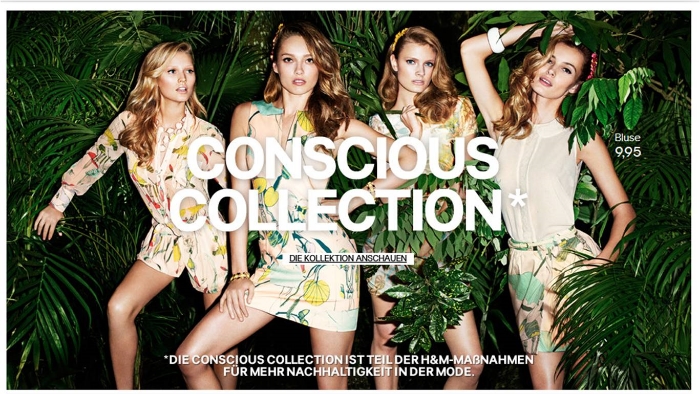
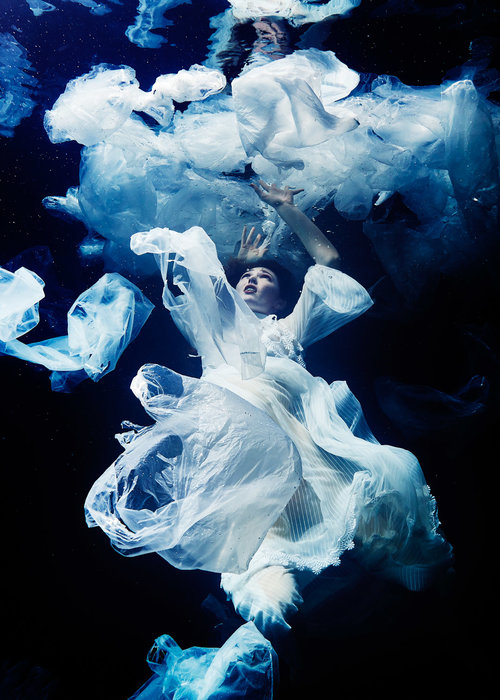
A brand label/ad is not telling you the truth.
More often than not, they are only showing you a sliver of truth on a backdrop of deceit.
It’s common practice to narrowly highlight a single plus point and gloss over the full picture as a marketing tactic to gain people’s trust and faith that they are ‘doing the right thing’, aligned with customer values, and providing a free-pass to consume guilt-free.
Example: “It’s recycled/reclaimed ocean plastic so it’s good”.
83% of the world’s drinking water is contaminated with micro-fibers from synthetic clothes that are not biodegradable. Washing clothes releases half a million tonnes of plastic microfibres into the ocean every year, equivalent to more than 50 billion plastic bottles. -So, your recycled and reclaimed ocean plastic is just going back into the ocean, it’s just worse now because in the form of microfibers, we can no longer reclaim that plastic from the environment.
Every material we choose has pros and cons and the designer’s responsibility and duty is to weigh those out and make a decision about the best candidate for: price, performance, aesthetics, production, longevity, and, most importantly, ethics. There have been too many lies and I believe it is now an obligation to disclose both sides for everyone to make their own decisions.
4.
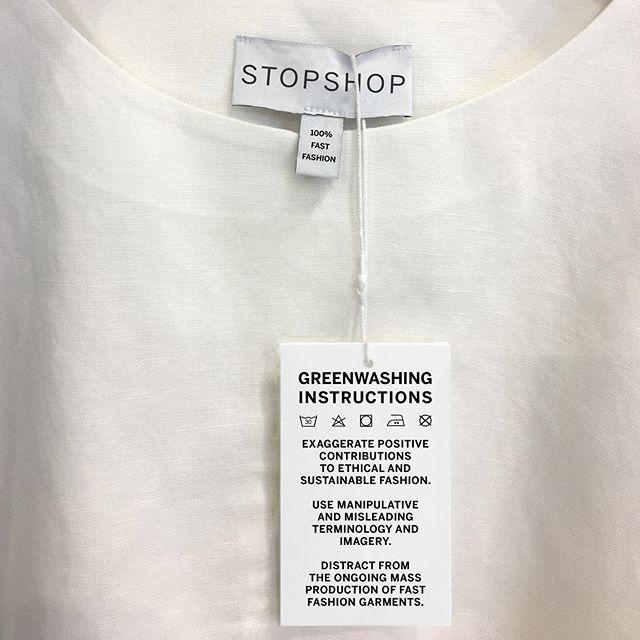
Brands are not trying to help you.
You live in an age of information pollution. Everyone is screaming at you with labels and self-made claims that no one knows who to believe or what is the right thing to do. Should I buy vegan leather (which is plastic) or should I avoid plastic? It’s so confusing because everyone is shouting that they are the real deal, the coolio, the one who cares as much as you do. But do they, really care or do they just want your money?
5.
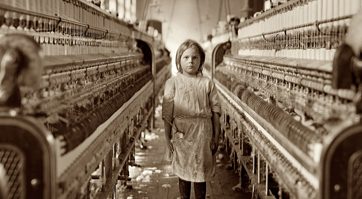
Fashion runs on a ‘slave-based economy’.
This is my invented terminology to describe the predominant model of outsourcing to countries with lower economic value and cost of living than our own.
After we exploited our own people, and it became taboo to continue, we left for shores unseen. Some may say that we raised china up, gave them ‘economic advantages’ and that this helps brings jobs for the poor. I strongly disagree. Yes, the Chinese are gaining wealth, but they will raise their rates. And then what? We are not going to accept paying a higher price for the same labor. What we do is search out some other community to exploit for cheap labor. We are reinforcing slavery in this economic model.
6.
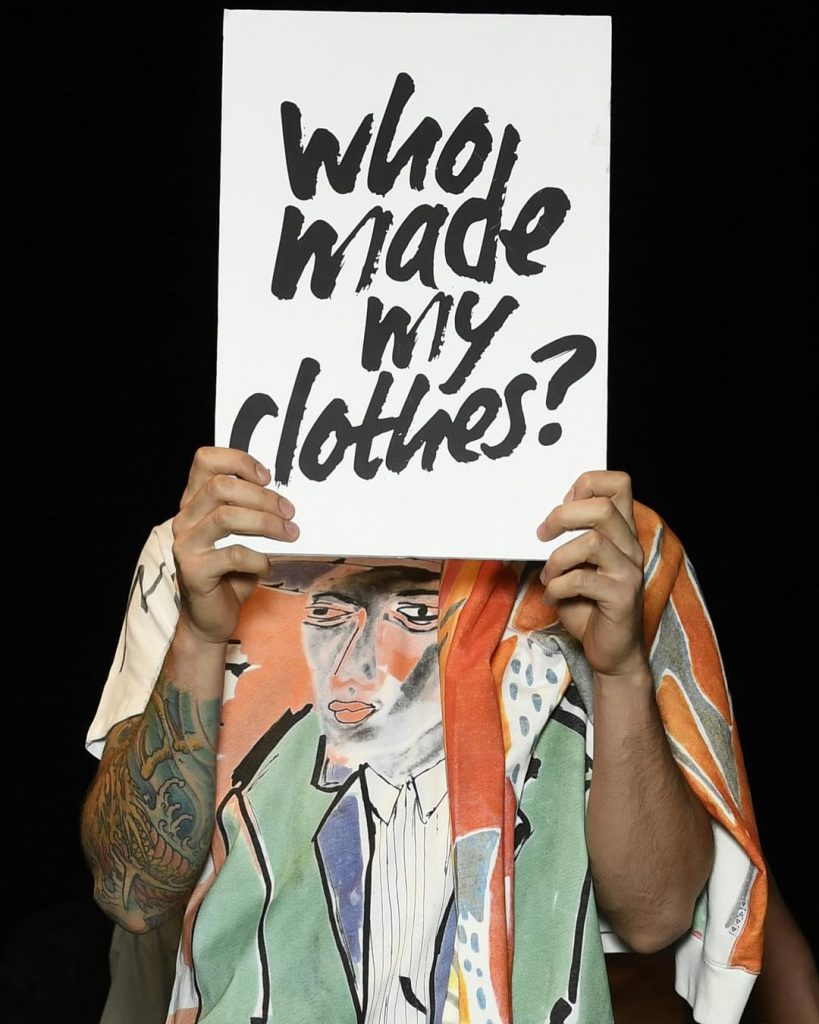
Most brands don’t make clothes and more often than not, they don’t even know who makes their clothes from A-to-Z.
One shop owner wisely summed it up with “The only person who knows with certainty what is in the fabric is the person who spun the yarn”. Just as an example, Patagonia, a brand who earnestly makes it their business to change the system and ‘do good’, wayyy before it was cool to do so, THEY can’t even tell you that slavery and human-trafficking is not in their supply chain, because it is, and they can’t stop it (though they are trying).
7.
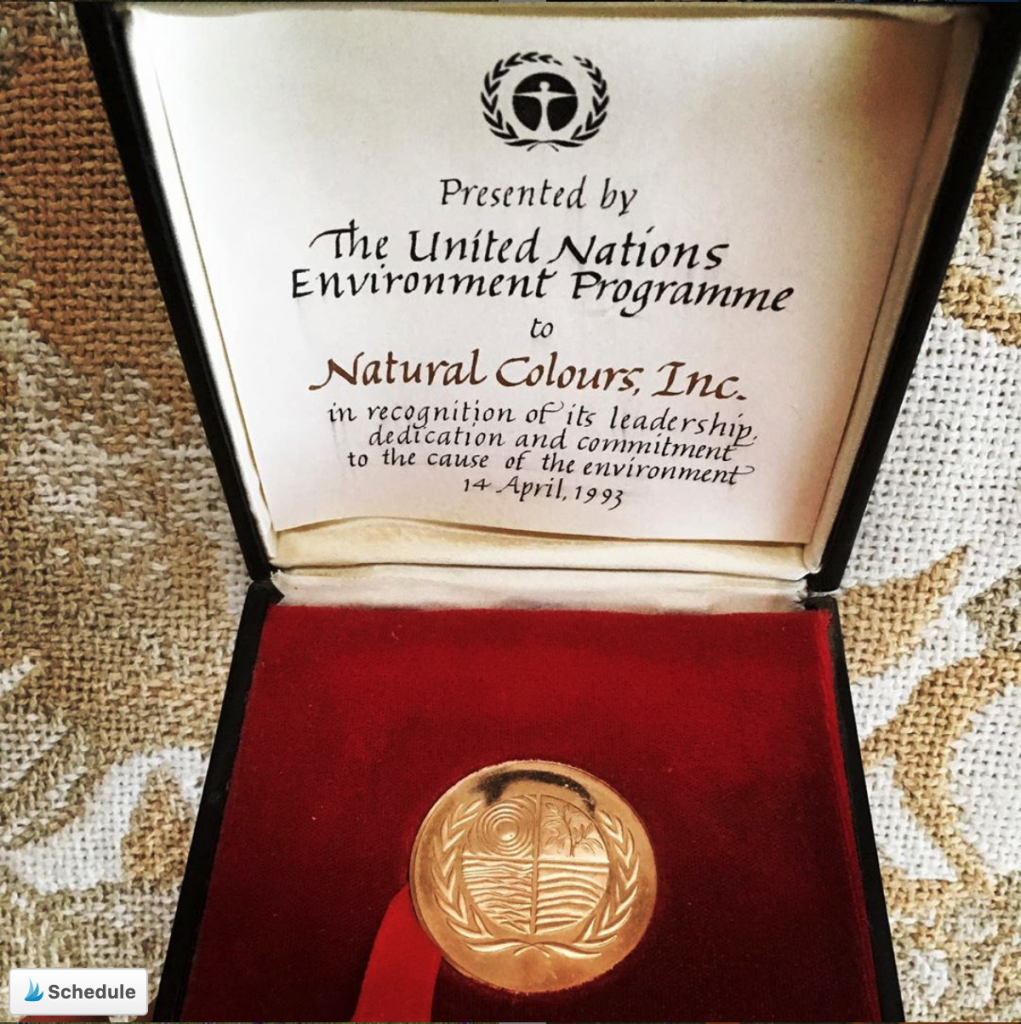
You think brands are trying really hard to fix things? Nope.
In the words of Sally Fox, one of my role models, inventor and USA producer of color-grown cotton Fox-Fibre (aka Natural Colors):
26 years ago the industrial world was successfully reducing textile waste- most notably the worst culprit of pollution from processing- dye waste effluent. I met with mill owners and operators in places as close as the Carolina’s and as far as Malaysia. All had recently invested many millions of dollars in equipment that allowed the water that left their facilities to be considered clean and in most cases, actually drinkable. That is perhaps one reason that my cotton made sense economically as well as ecologically. It really does costs money to clean up those dye effluents. How did brands react to their suppliers cleaning up their act? They dumped us all. They switched to buying their textile products from the places that poured their dye waste straight out into the waterways. Poisoning all living beings downstream. And stopped buying from countries that had worker safety measures in place as well. They switched from making modest profits to the riotous ones that resulted in the sorts of disasters in Bangladesh we contemplate this #fashionrevolution week. We had these problems solved. But our reward was to be put out of business by the brands we once supplied. By the very brands we designed and produced for. Did consumer prices go down? A little. But ask anyone down river, or who lost a loved one after the building collapsed how important that was. No, these brands can all go to conference after conference and hire groups of experts, and teams to discuss sustainability, but they chose this outrageously destructive path. I still cannot wrap my head around the sorrow of such responsible, honorable and good businesses being so brutally betrayed by their customers. It was the birth of a very different form of capitalism. Some retailers really tried to hang on. They seemed to keep ordering from their long time manufacturers, who had been so steadily improving their textile waste footprint and of course had labor standards solidly in place. When so many others had switched to the super highly profitable (for them) offshoring to countries without environmental or labor standards.
8.
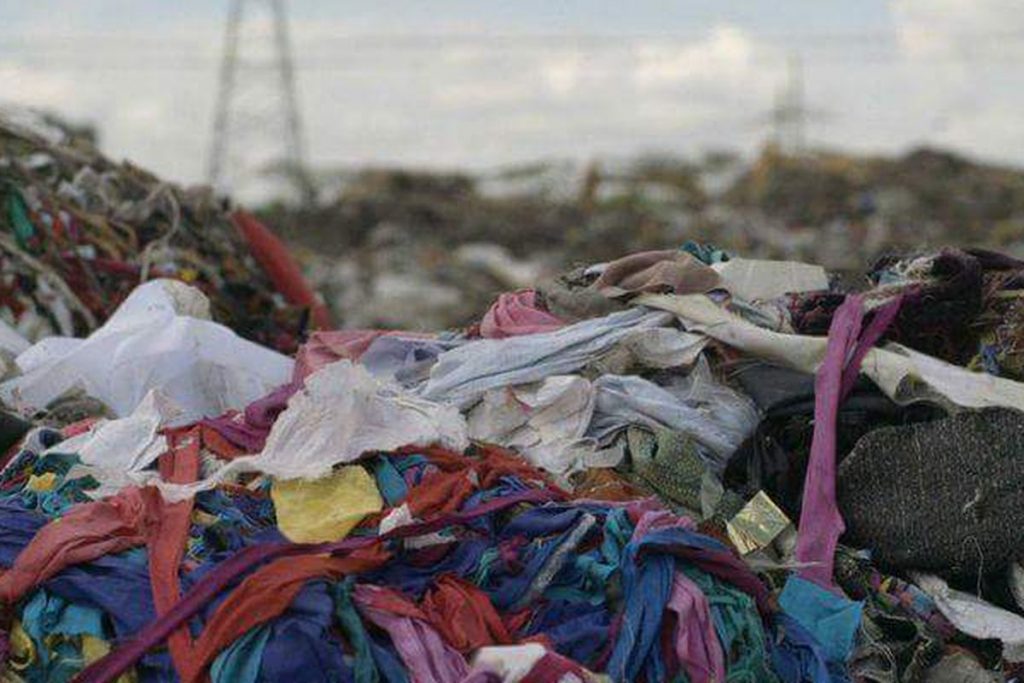
Eco-friendly clothes can still be made irresponsibly.
Just because it’s organic cotton doesn’t mean it was made well or made to endure. One woman shared that her t-shirt disintegrated in a single wash on the gentle cycle and the company told her in defense that she should have hand washed it. Eco-friendly is more than the material inputs, it is also respecting the precious resources we have and making a thing to last as long as possible.
9.
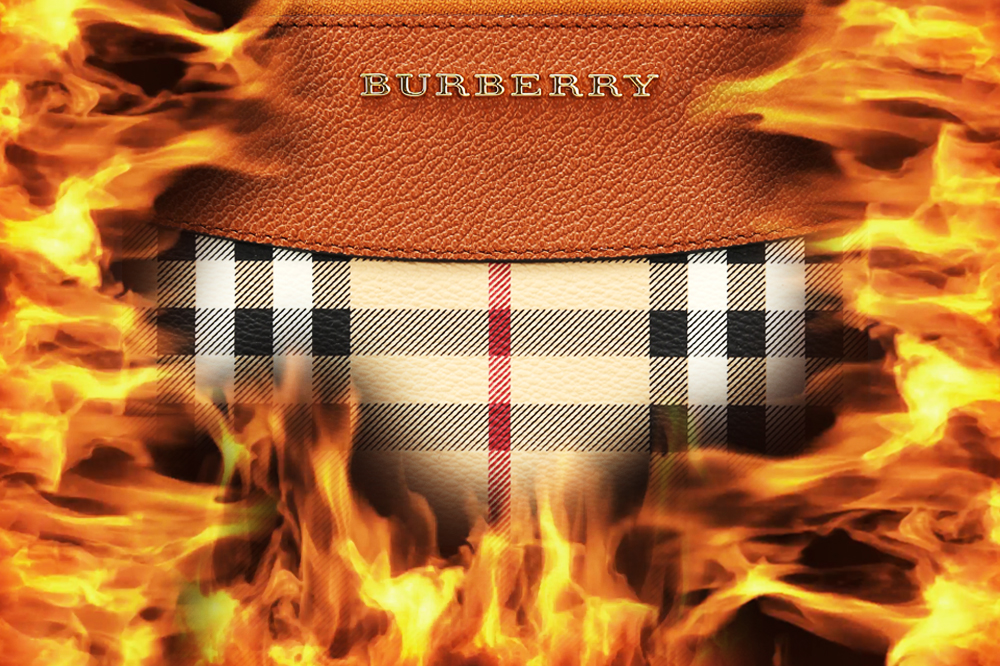
Trends and seasons exist for profit not for you.
They are meant to drive female insecurity and rash spending. They perpetuate disposability and waste. Brands are BURNING their products just to keep prices inflated! Seasonal trends in and of themselves represent superficial waste and exist to drive profits.
10.

Donating and recycling is not going to erase your sins.
84% percent of all unwanted clothes end up in landfills, according to Newsweek.
First off, third world countries are refusing our ‘generous donations’. Second off, recyclers and second-hand shops are dumping our garbage overflow into the landfills now or burning it for fuel since it’s cheaper than other options.
11.

‘Just because we can doesn’t mean we should’ applies to 99.9% of the fashion industry: $2 pair of jeans, Fuschia-dyed dress, Woven in a village in africa…. Etc.
The thing I feel like I have to bite my tongue about (while I roll my eyes) at industry events is: Talk about sustainability.
The whole industry acts like they know what they are doing, that their solution is the best, is a big deal, that they are ahead of the curve, when the underlying truth is that everyone is just out to make money and ride the trends, and they are all undercutting values to do so.
They will say things like: “We can’t find an alternative to leather for our vegan line of handbags that holds up as well as polyurethane (petroleum product)” No one sacrifices their design or their products for the environment, it’s only the other way around.
Sometimes the “sustainable solution” is just to not make that object, but no one says that.
How can I choose just one example? It’s everywhere. But here is one example of a ‘Vegan’ faux-leather bag. It’s just not necessary to make a vegan bag out of petroleum.
Just because you can use polyurethane doesn’t mean you should. No one thinks, “Sure, I can make a vegan bag, from hemp or linen”. No, they are choosing a petroleum product.
Another ‘sustainable’ brand asked: “When it comes to sustainable fashion do we have to use eco friendly zippers, buttons, embellishments etc? Or Can we produce the garment only with sustainable fabrics and label it as an eco friendly garment? embellishments and other accessories can we use non eco friendly materials? ” The sustainable police are not going to catch them if they chose destructive materials. They can get away with it, but should they?
12.
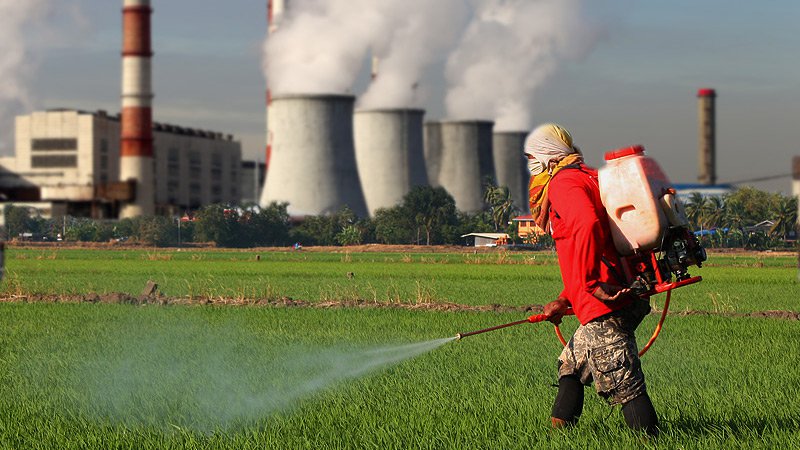
You think you are shopping ‘green’ from what the label says, a blog post recommended or an influencer but there is a strong likelihood that it’s not what you think it is.
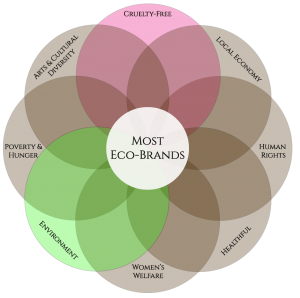
13.
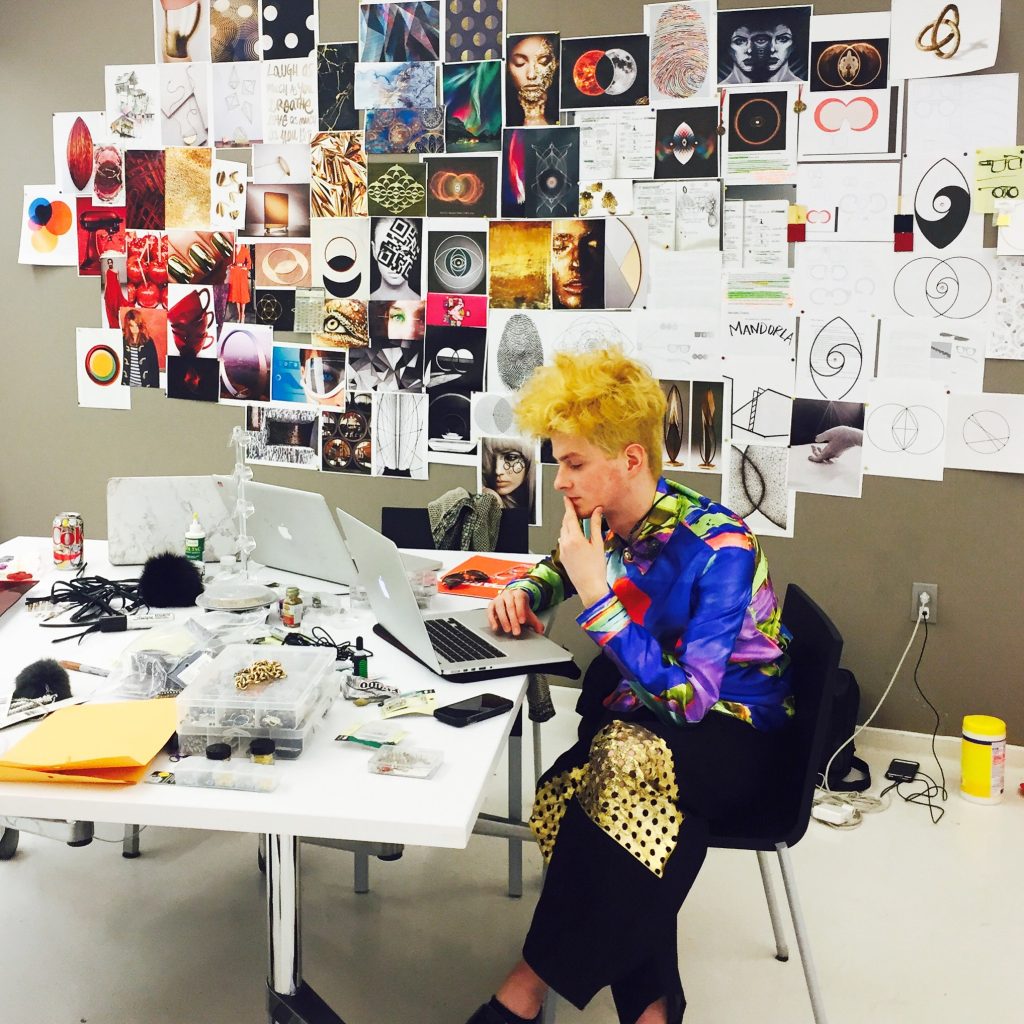
The thing they never teach you when you’re in school for our industry is: How to sew and make things.
14.
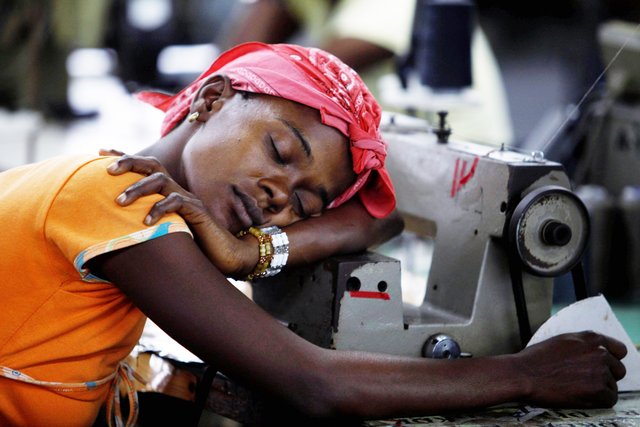
The dominant fashion industry model at a glance it is essentially ‘Designed by Gucci in Italy. Made in China.'
2% of the garment is designed and marketed in the west, 98% is grown, harvested, carded, spun, woven, dyed, finished, cut, sewn, inspected, and shipped (in some impoverished country like Bangladesh, Pakistan, etc). According to US labeling laws, a product only need to have 51% been made in USA to be labelled ‘Made in USA’. And even then, more often than not, your garment was actually Made [by trafficked slaves] in USA/UK. Read one woman’s traumatic testimony here (don’t worry, the bad guy does get a slap on the wrist eventually).
The truth is that while we pay lip service to the notion of caring about the routine exploitation of the poor in many other parts of the world, and while some of us may even genuinely care about their plight, this is largely two-faced nonsense. Because when it comes to our shopping habits, all those noble concerns slip straight out of our heads when we see that bargain-basement price tag.
You’ve done it. I’ve done it. Pretty much everyone has done it. And we all convince ourselves that it is perfectly possible to produce an intricately stitched dress or shirt, ship it halfway around the world and put it on sale in a British high street store for a pittance without someone, somewhere along the line, being exploited. –The Telegraph
15.

Fashion's most well-loved artisans are nameless and unknown.
Your dress is not just Dior. Lead designers do not give credits to other visionaries behind their work, but in many instances the designers are curators more than originators. The artisans of embroidery, feathers, tassles, pleating, flower making, and dyers and petit mains are, season after season, inventing and creating new ideas that they pitch to the designers, all to the notoriety of only one.
This is Bruno, and until social media came out, no one acknowledged or knew the extraordinary contributions he and the generations of his family have made to fashion. Is it any wonder why he can’t find anyone who wants to take his place when he retires?
16.
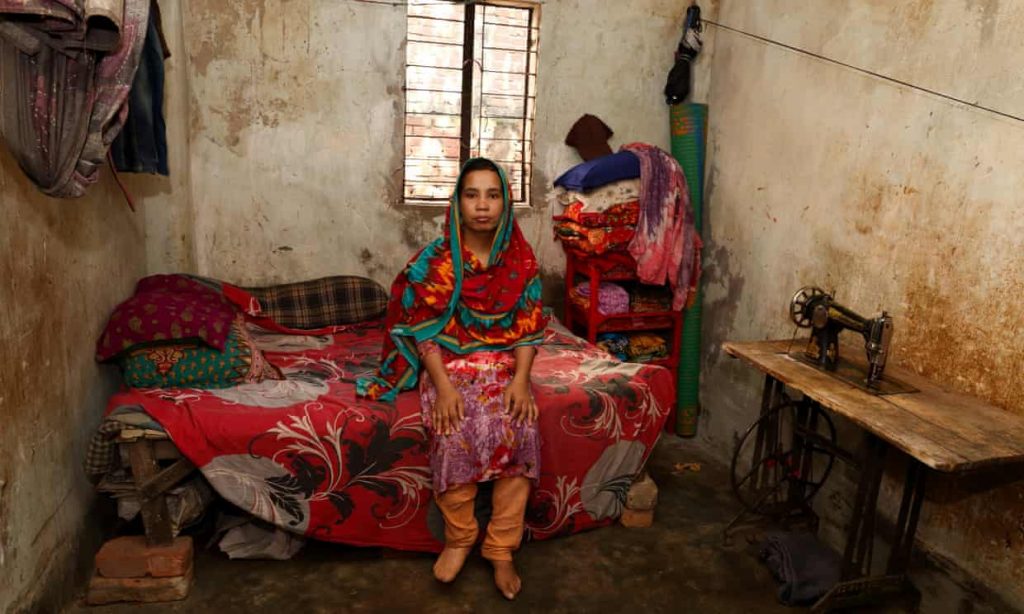
Many garment workers cannot even afford clothes themselves.
No I don’t mean they can’t afford a Coco Chanel dress, I mean they can’t afford a new shirt, pair of pants or shoes to come to work in. And worse, they can’t afford food either, and starve.
What are you paying for then? You are paying the brand and the advertising, the hype.
Deloitte Access Economics estimates that on average just 4% of the price of a piece of clothing goes towards the wages of the workers who made it.
About Kusuma
Kusuma Sparks is an environmentalist who fought the urge to create beautiful things with textiles (and lost). She writes about ethical fashion and sews in her California Atelier. Read More…
